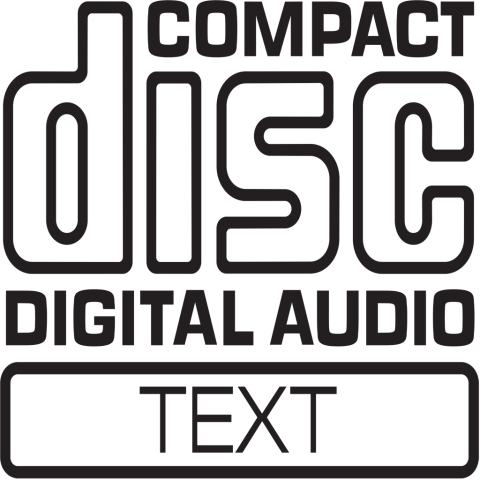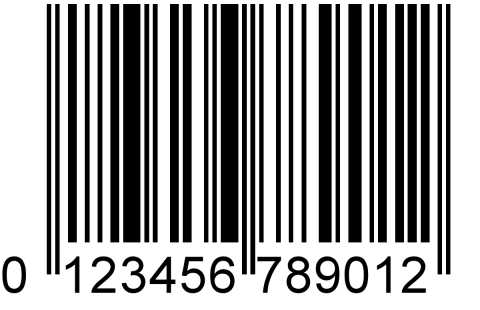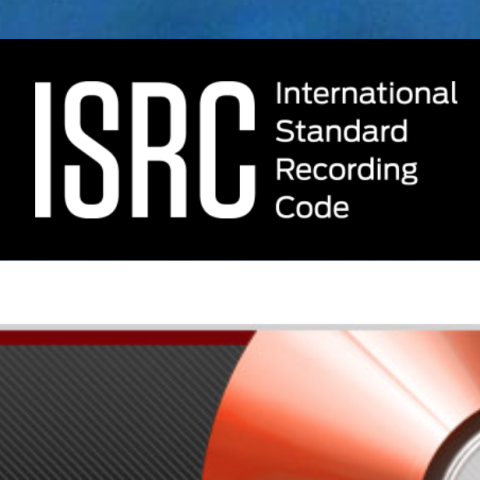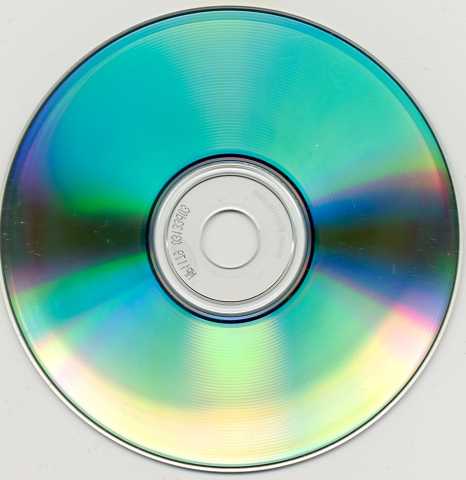I'm starting a several week installment talking about album credits. Artwork on an album cover provides much more than just a pretty package to catch the eye of a browsing music fan. It provides a place to tell a little more about your work, lyrics and production of the project.
Often confused with CD-Text, the online Compact Disc Database stores metadata on audio CD's. The online database was created by Gracenote and is accessed by client applications, such as iTunes. The client application sends a 'disc thumbprint' then the information in the database is downloaded and displayed in the program. Sometimes, especially with burned discs, there are multiple entries in the database for that thumb print due to several users adding their personal 'mix cd
CD-Text extends the Red Book specification and allows metadata to be embedded into the physical disc. The information about album artist, album title, track title, track artist, ISRC, arranger, composer, performer, songwriter, and a message can all be are stored either in the disc's table of contents (TOC) or in the subchannels R through W. Only disc players with the special compact disc digital audio cd-text logo will read and output this data. Most computers use another me
Also known as a 'bar code,' the Universal Product Code consists of a series of black and white lines that contain information decodable by an optical scanner. The pattern represents 12 numeric digits that help retail stores manage inventory and sell items. This information can also be digitally embedded into your disc at mastering.
Layback Mastering is the process of recording your mix to analog tape and mastering from the analog tapes. If you recorded and mixed completely digitally, you may consider asking about tape layback as an option for mastering. It can add that analog 'warmth' to a project or give that last little bit of 'glue' that makes a mix really come together. We have several choices in analog tape machines including Ampex, Sony and Studer.
The process of creating CD's by burning blank a CD-R in a computer's disc drive or with a stand-alone unit. Although duplication yields an inferior product and costs more per unit when compared to replication, it is a better choice for small quantities (less than 300) or when a quick turnaround is necessary.
The process of manufacturing a CD where discs are created through injection molding polycarbonate plastic. These 'green discs' are then aluminum plated and another 'top coat' of plastic is applied for the label. Generally, a batch of one thousand discs is the smallest quantity that a replication plant can cost-effectively offer. This process yields a very high-quality, professional product, and is not to be confused with duplication which is of lesser quality.
Pagination
- Previous page
- Page 15
- Next page



